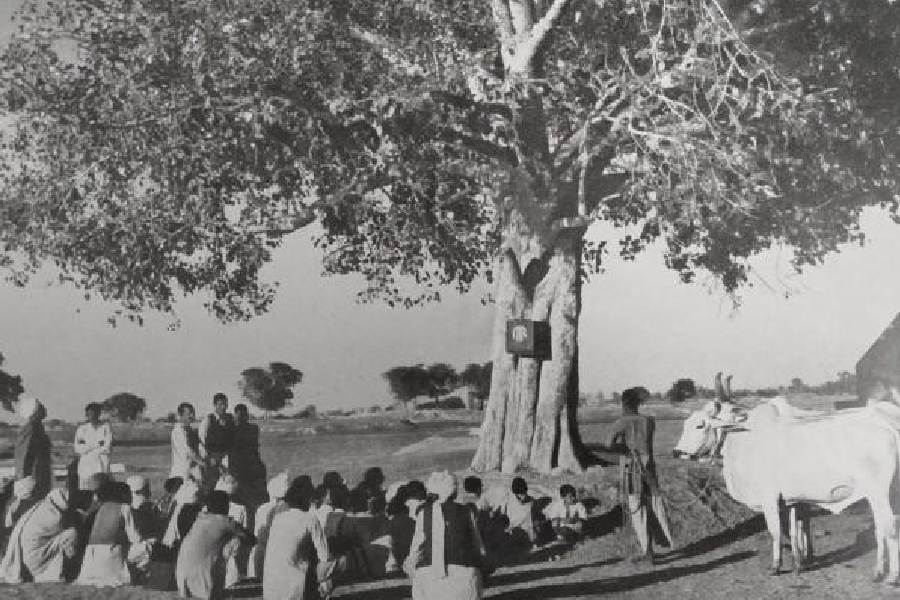Book: A Century of Stories from All India Radio
Author: Vikrant Pande and Neelesh Kulkarni
Published by: HarperCollins
Price: Rs 399
“To harness the ether for those who dwell upon the earth is one of the loveliest services that the modern age can render to humanity,” wrote Sarojini Naidu in the visitors’ book of All India Radio. Lovely or not, how relevant the service is in this digital age is what Akashvani: A Century of Stories From All India Radio tries to investigate.
It begins with a fascinating account of how the AIR producer, Sukhjinder Kaur, was one of the first civilians to enter the Golden Temple after Operation Blue Star. When she wanted to be let in, the senior-most army brigadier inside the compound had replied that it was no place for a civilian, “least of all a woman”. What she said in reply has become the stuff of urban legends: “Tell the brigadier sahab it is not a woman asking to enter the premises — it is an officer of the AIR.”
Anecdotes and vignettes of the AIR’s nearly century-old history make up the book. From Kaur’s story to Guglielmo Marconi and the invention of the radio to its early days and challenges as a corporation to its heyday when Binaca Geetmala had listeners write fan mail in droves, Vikrant Pande and Neelesh Kulkarni try to delve into it all. Each chapter outlines different aspects of the corporation — its history, its commentary and spoken word elements (such as plays, news, poetry stories), the music ads and jingles played on its channels: the book ends with an analysis of AIR’s future.
But in outlining each aspect, it loses the dramatic momentum of the story it started with. There are flashes of interesting incidents and factoids. From the harmonium ban and how it led to a heartfelt burial of 11 harmoniums in Lahore, to Indira Gandhi commenting that the sports commentary of a match left her breathless, to how our national anthem was conducted by Ravi Shankar but its music composed by the musicologist, V.R. Athavale, to the challenges faced while recording programmes during the pandemic. Unfortunately, Akashvani treads dangerously close to reading like a treatise in collective organisational navel-gazing. This is what perhaps makes it something of a tedious read for a lay reader even though it could be of interest to radio aficionados, trivia nuts and some history buffs.











